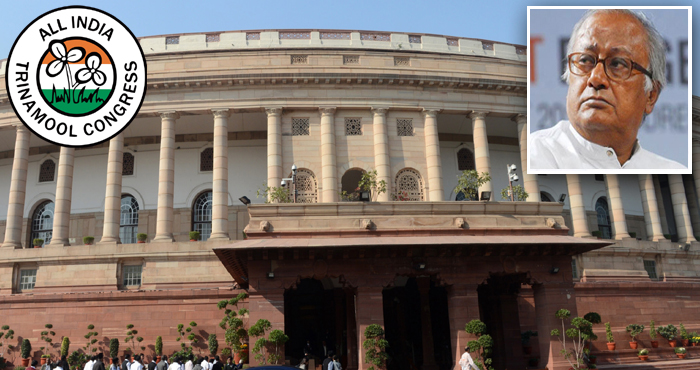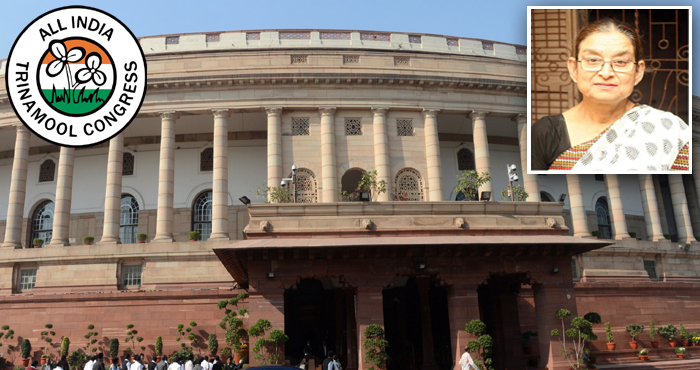FULL TRANSCRIPT
Thank you Sir, for giving me permission for speaking on The Footwear Design and Development Institute Bill, 2017. I am welcoming this Bill. Footwear and other leather and allied materials like bags, briefcases, even accessories used in automobiles, interior and furniture decorations, are widely used in modern life. It is a widely traded commodity globally.
The first key word in the Bill is ‘design’. The design material tells about status, style, position and profession of a person and the establishment. Importance of proper fitting has already been narrated by my colleague.
There was an article on the present trend of leather in interior, furniture and fashion dresses in Vogue recently. The scope of the footwear and leather design is becoming popular in all over the world.
In the health sector, besides designing for orthopedic uses, in different shapes, shoes also prevent some contaminated diseases. There’s hookworm and other worm infections that go in via foot and because of open defecation and goes via foot to sole and then to blood. In pre-toilet era, under NRHM programme, Tamil Nadu, West Bengal and many other States supplied hawai chappal to villagers to prevent that. The simple solution of safeguarding the foot from soil and dirt is also narrated long back in a satire poem of Rabindranath Tagore called ‘Juta Aabishkar’ (Discovery of Shoe).
The second key point is that of development – research and innovation of newer models, research in inventions of newer alternatives as it is probably very much necessary in present context of our political and government situations. Newer alternatives and similar material Indian ledger and allied industries are scope of growth in terms of local consumption as well as global export. In global perspective, China is number one, Italy is the second and India is in the fifth position. The matter of raw material, local conjunction, as well as export in China is good, that is why China is in the first position.
India also has enormous scope of improving the leather industry because we can get the materials but unfortunately due to some reason or the other the simple sample line maybe stopped in near future. India’s shifting from mere raw material to value added exporter – also local consumption – is also increasing. India shares about 12.2 percent of global export and in coming years it will be much more if we tr and if we don’t create barriers in the raw material. Major shares of our export goes to US,UK, Germany. Export of footwear contributes about 47 percent, accessories is about 23 percent, finished products 18 percent and garments also 9 percent but footwear has gone down in percentage.
Per capita footwear use has increased in India. Kolkata holds the second position for production, as well as exporting of the goods. 25% of tanning is done in Kolkata, and 50% of finished leather goods are exported from here only. Footwear and leather industry plays a vital role in Indian economy; besides export, this industry is most labour consuming. It has huge scope of youth employment. In leather industry there are a quiet number of women folk, who do the basic work of shoes at home. This is the industry which has immense scope of women empowerment, but I do not know how much the establishment of this institution can do it.
This is the reason why the present institution in question is of national importance. This Bill is very pertinent to this context. It deals with the institution for education, research and innovation of modern technique as regards footwear, and other leather products. The Clause 1 is regarding the title of the Bill, I wonder why is it only regarding footwear, there are other portions also. Instead of footwear only, leather and allied articles can be incorporated. The Bill is regarding establishment of an educational institution to uplift the footwear, and leather industry to national and international level.
The directive body as it has been said is Governing Council with Chairman, Managing Director, and footwear and leather technology expertise. Why should there be an industrialist in the council? That may create a problem.
The Bill deals with formatting, running, remuneration, tenure, study and working. Courses will be determine and decided by the council. The courses are about designing, making, researching and those sort of things. Institutions like the LDC are already in existence. But, they have no power to confer degrees. Now, we are trying through this Bill to give that power to the institutes. But what will be the value of diploma degrees to these people? Where will they be employed; this has not been made clear in the Bill.
In fact, the Centre should set up more skill development centres so that the smaller productions and the smaller tanning institutions will be able to employ these skilled persons. So that they can grow and get established.
The relation of the branches is also not clear. There are several branches, what is the relation between the brands, how will you recruit the students? How will you recruit the teachers? And also, what is the qualification of the teachers? How will the tuition fees be cleared? What about the promotions of workers through institutions? How can the skilled manpower be used to create small factories – or even big factories. We all are aware of world-famous Bata and Khadims brands.
These issues are not clear in this Bill. Thank you very much.


